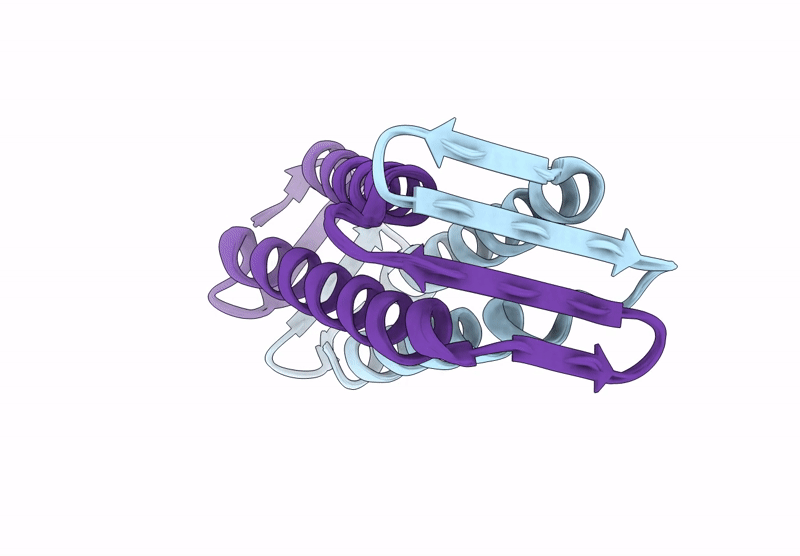
Deposition Date
2025-03-03
Release Date
2025-04-02
Last Version Date
2025-04-09
Entry Detail
PDB ID:
9NM2
Keywords:
Title:
Dimeric Structure of full-length CrgA, a Cell Division Protein from Mycobacterium tuberculosis, in Lipid Bilayers
Biological Source:
Source Organism:
Mycobacterium tuberculosis H37Rv (Taxon ID: 83332)
Host Organism:
Method Details:
Experimental Method:
Conformers Calculated:
13
Conformers Submitted:
10
Selection Criteria:
structures with the least restraint violations


